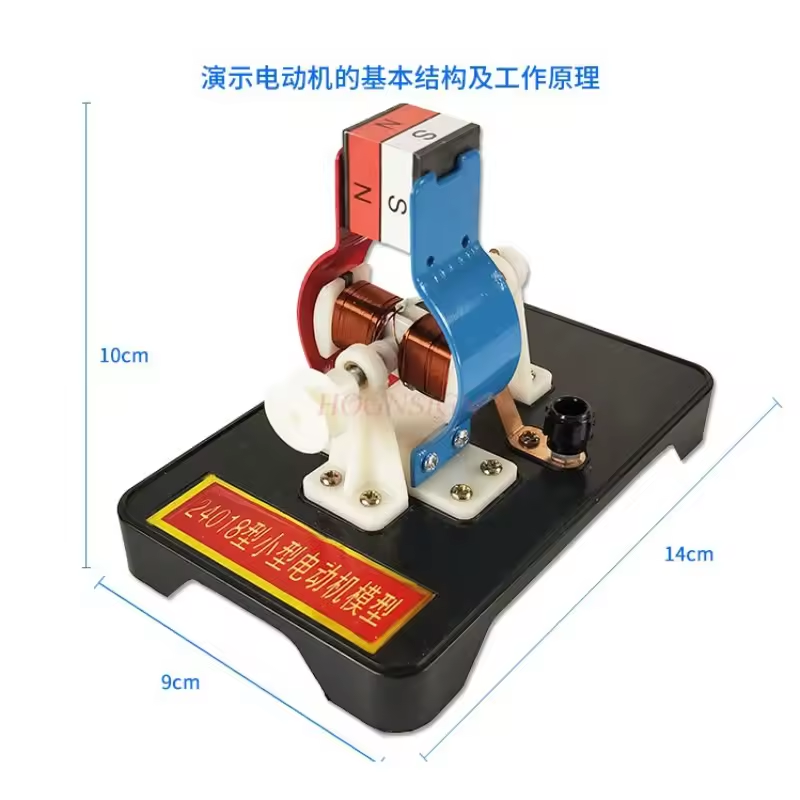The online electrical resistance simulations on this page will help you to better understand this important quality of materials and to know its relationship with other electrical quantities such as electrical current and voltage.
Concept of electrical resistance
Electrical resistance is a property of materials that opposes the flow of electric current through them. It is measured in ohms (Ω) and is symbolized by the letter “R”.
Factors of electrical resistance
Electrical resistance depends on several factors, such as the type of material, its length, its cross-sectional area and its temperature. Materials that exhibit high resistivity, such as tungsten or nichrome (nickel-chromium alloy), are commonly used in the manufacture of resistors.
Formula of electrical resistance. Ohm’s law
The formula for electrical resistance is obtained from Ohm’s law, which states that the current (I) flowing through a conductor is directly proportional to the voltage (V) applied and inversely proportional to the resistance (R) of the conductor. The relationship is expressed by the formula:
I = V / R
Where
I is the current in amperes (A)
V is the voltage in volts (V)
R is the resistance in ohms (Ω)
Applications of electrical resistance
Resistors are used in a wide variety of electrical and electronic applications to limit current, control power and divide voltage. They are also used in circuits to protect sensitive components by limiting the amount of current flowing through them.
It is important to note that resistors have a limited capacity to dissipate energy in the form of heat. If their capacity is exceeded, they can be damaged or even burned out. Therefore, it is essential to select a suitable resistor for the specific application and to consider the maximum power it can dissipate without overheating.
Types of electrical resistance
There are different types of resistors, such as fixed resistors and variable resistors (potentiometers and rheostats), which allow their resistance value to be adjusted. There are also special resistors, such as temperature-sensitive resistors (thermistors) and light-dependent resistors (photocells or LDRs).
Explore the exciting STEM world with our free, online simulations and accompanying companion courses! With them you'll be able to experience and learn hands-on. Take this opportunity to immerse yourself in virtual experiences while advancing your education - awaken your scientific curiosity and discover all that the STEM world has to offer!
Simulations of electrical resistance
- Wire
- Lab
Electrical resistance of a wire
Observe the changes in the equation and the wire as you play with resistivity, length and area.
File
STEM education equipment
Physics courses

AP® Physics 1: Challenging Concepts


AP® Physics 1


AP® Physics 1 – Part 1: Linear Motion


Circuits for Beginners


Principles of Modeling, Simulations, and Control for Electric Energy Systems


Principles of Electric Circuits | 电路原理


Electrotechnique I


Electromagnetic Compatibility Essentials




























